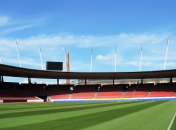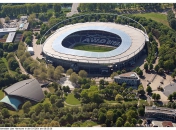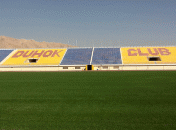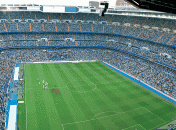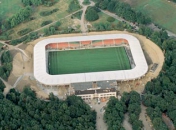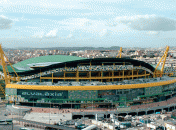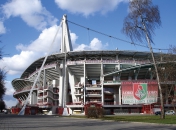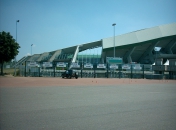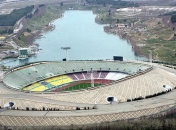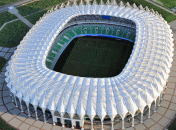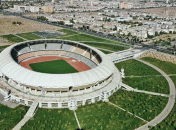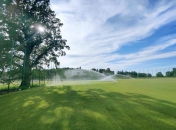You can download here more information.
Preparations and placing grass
1: Removing existing grass mats
Do you want to replace your current grass lawn? Then this needs to first be removed. You can effectively use a grass cutting machine. This is used to cut the old grass mats from the surface after which you can remove them easily. It also results in less work levelling the surface. You can also choose to till your current grass mats and you can do this either by hand or by means of a tiller. This way your old grass mats disappear into the ground and you will not have to dispose of them. If you distribute nutrients before tilling, then these are mixed into the ground along with the grass mats. However, you will have a bit more work levelling the surface.
Watch our extensive video.

2: Tilling, tamping and levelling the surface
No matter which of the three methods above you choose to remove your old grass mats, they are all equally valid. The work method really does not affect the result. What is important is that the surface is level, steady and free of rocks and roots before the grass is placed.
If you are not replacing old grass mats or opted to remove them with the help of a grass cutting machine, then all you have to do is till the ground first. Always make sure that the clean soil is on top!
After tilling, the soil needs to be 'tamped' so the surface becomes level and steady. You can tamp the earth yourself and use a rake to level it. You could also use a roller that thoroughly presses down the soil. For heavier soil types, we recommend that you place topsoil after this, so you will have an easier time to level the top layer. Use a rake for the first 'coarse' levelling. Repeat raking and rolling until the ground is level and solid and no subsidence is visible. During this work, you can also place nutrients in the top layer so the grass mats will grow and attach better.
Use a (pallet) board to make the top layer nice and level. Then you can finish the surface by means of fine levelling; for this, rake loose the soil for about two centimetres. Eventually, the surface must be compacted equally everywhere. This is important to prevent subsidence after the fact. It will prevent the mower from running into subsidence, scalping the grass and leaving ugly spots on your new lawn!
NOTE: Make sure that the height of the surface is always two centimetres lower than the 'level of the terrace'.
NOTE: Make sure that the surface is slightly moist before you begin placing the grass. Especially in the summer, the sun can heat up the soil, which can burn the roots of the grass.

3: Placing the grass!
Always begin along a straight edge. If possible, begin placing the grass from the farthest point in the garden based on where the grass needs to be coming from. Always start in a straight angle of the garden and make sure the grass mats fit seamlessly with the terrace or paving. This way, you do not constantly have to walk across the recently placed grass. Use a board or tighten a string to get a straight line. Cut the grass mats with a shovel or a knife.
Tip: It is very easy to cut the grass mats at the right length by using a sharp knife.
You can simply cut the grass mats with a shovel. However, when it concerns more than simple straight angles, the use of a knife is recommended. Furthermore, we recommend flipping the remaining piece and placing it in the next lane of grass to be placed. Roll out the grass mats tightly next to each other. Make sure the grass mats are pressed together tightly and rolled out neatly. Place the grass mats in a stretcher bond pattern, like a brick wall. This ensures the mats are placed together nice and tight and fit each other perfectly.
You can use a board to firmly press the mats against each other. Finally, press down the grass mats again or use the roller for this. Do not walk on the grass mats! Try to walk across the recently placed grass as little as possible. If necessary, use the boards to make a temporary supply line. This prevents you from damaging the recently placed grass; it would be a shame if this causes damage to it.
After placing the grass, immediately water it. Begin watering the grass as soon as possible. You can water the grass on every hour of the day, even in direct sunlight. In the summer, especially, we recommend that you water the grass three times a day. When placing the grass mats, you have to begin watering immediately when you have finished a part. Do not wait until the entire lawn is finished. Take note that during cold and windy days the ground will also dehydrate very quickly. Make sure that you water the grass amply up to a few days after placing it and then water the grass on a regular basis. You can check whether the surface is wet enough by lifting the grass mats. Check this regularly until the mats have fixed
themselves to the surface.




 English
English Nederlands
Nederlands Deutsch
Deutsch Español
Español Français
Français Italiano
Italiano Polski
Polski Русский
Русский


